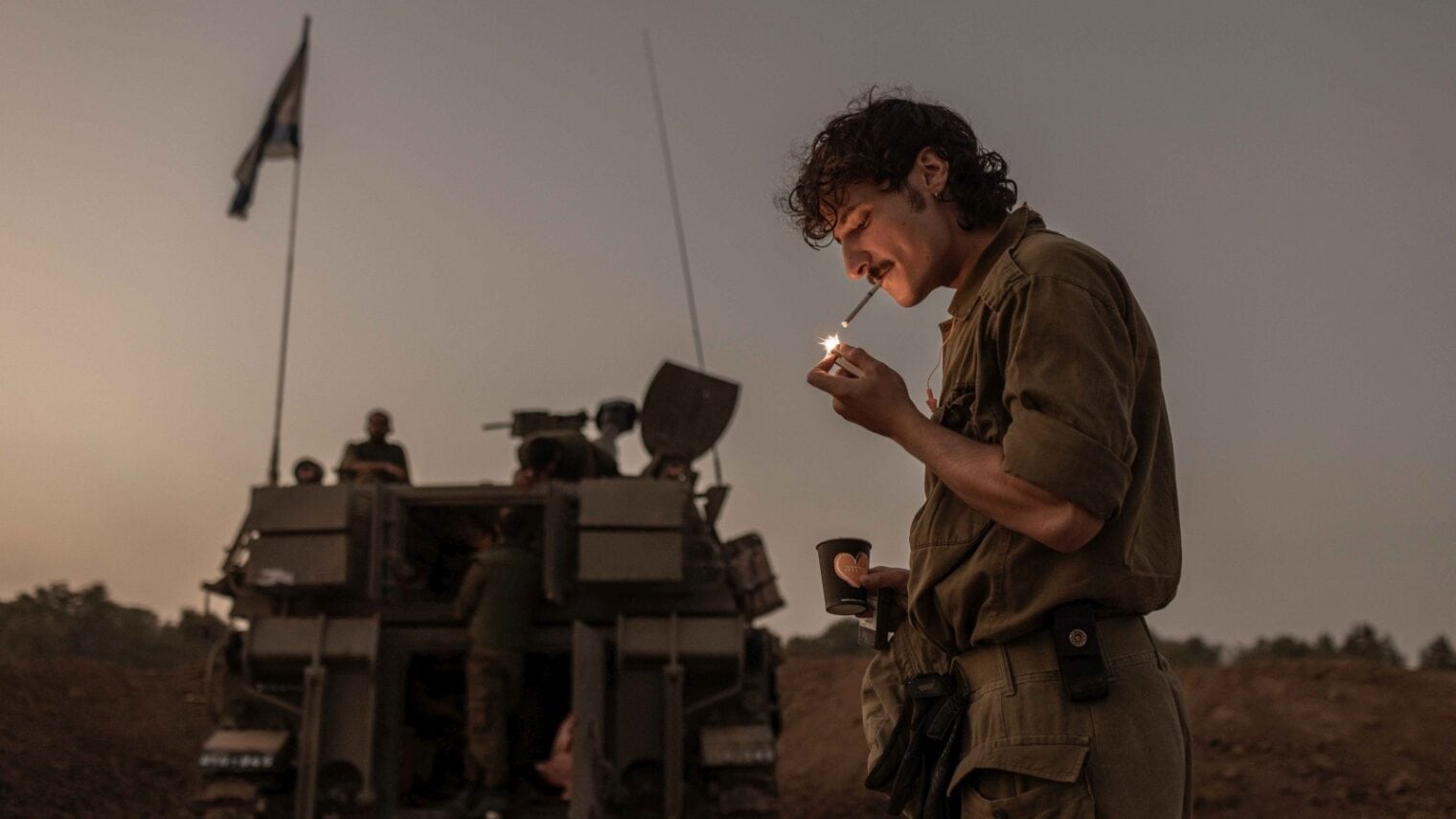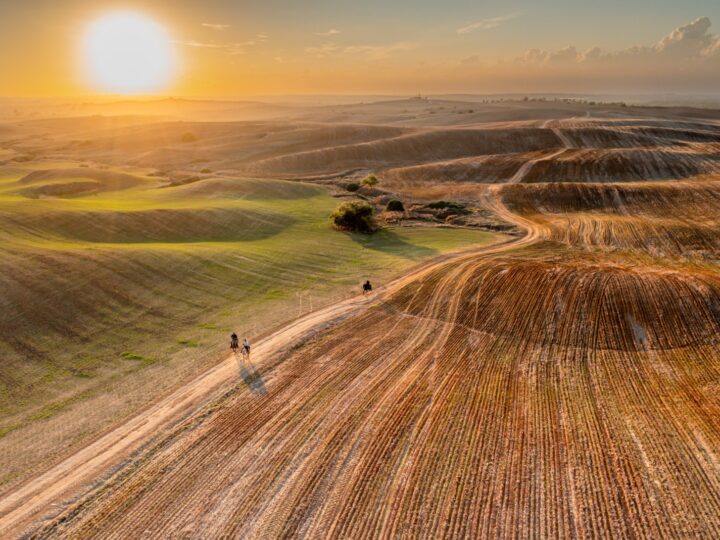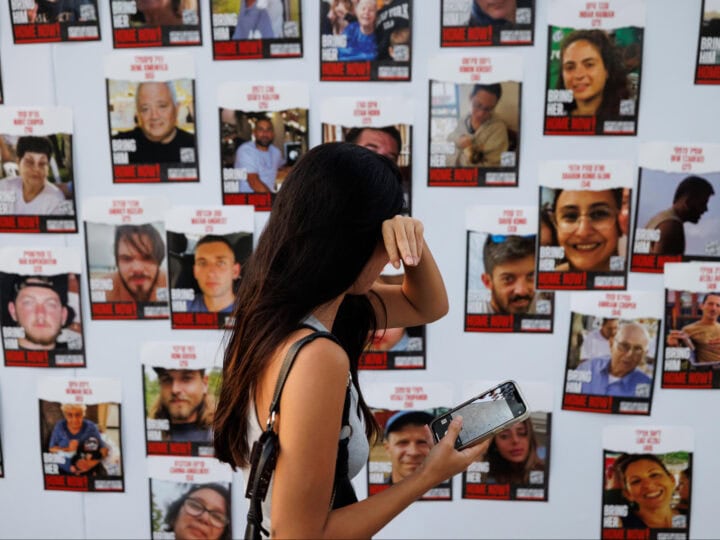When Hamas launched its attack on Israel on October 7, photojournalist Avishag Shaar-Yashuv did not immediately pick up her camera – she observes the Jewish Sabbath, and as such refrains from working on Saturdays.
At the age of 33, she’s already been a press photographer for 14 years even though being Sabbath-observant is not easy in the news world.
“It was probably the Shabbat that I found the hardest to keep, and I ended up working only the day afterward,” she tells ISRAEL21c. “From that second day, I’ve been working for The New York Times, photographing the war for them.”
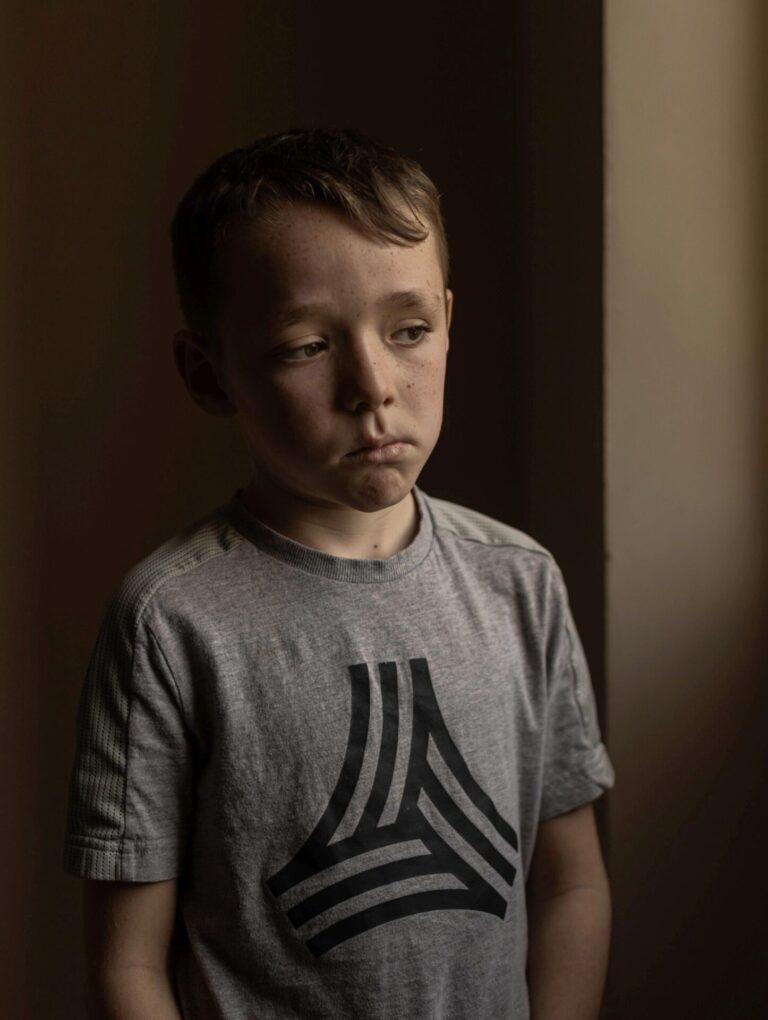
Shaar-Yashuv has photographed a series of portraits of the survivors of the massacre in southern Israel, as well as soldiers on duty and the funerals of both civilians and soldiers.
“This war has overwhelmed us with so many emotions, and everyone is still in some state of shock. Yet alongside that shock, very strong feelings are emerging, including very difficult feelings of sadness,” she notes.
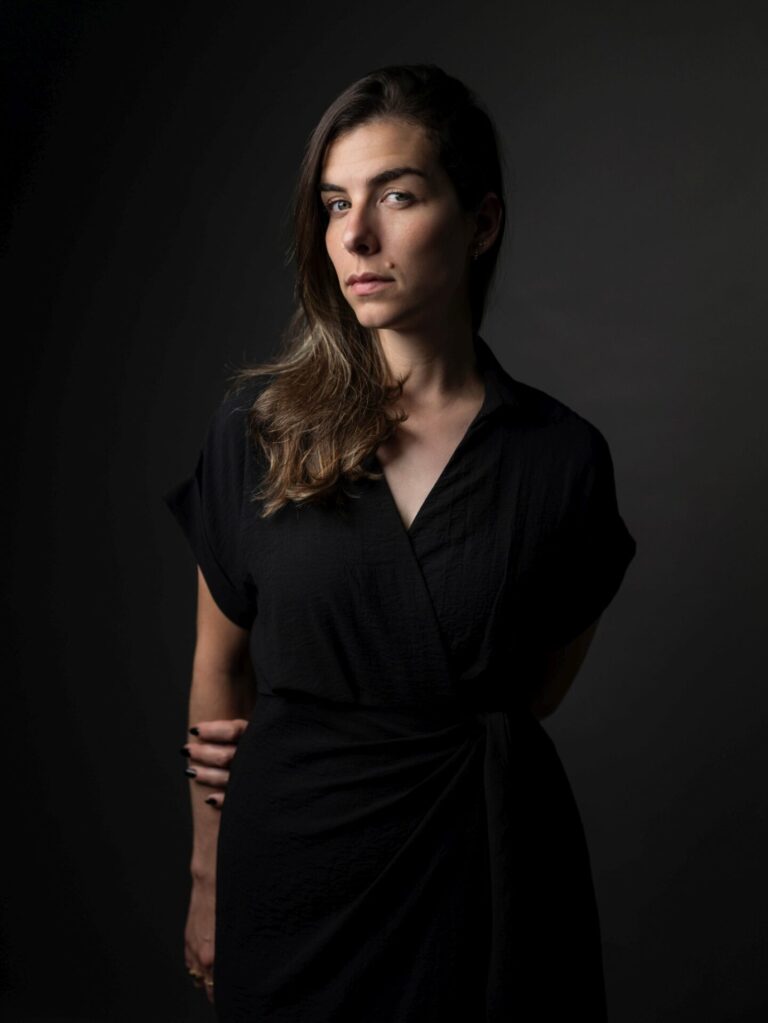
“What I usually try to do when photographing is to express the feelings that exist behind the photos. In the portraits of the survivors, for example, I tried to express the shock and deep sadness that were shared by almost all the figures that I met,” she explains.
“I was so appreciative of these people’s ability to speak up after such a traumatic event and stand in front of the camera. I really appreciated everyone who allowed me to speak with them and investigate what had happened to them – it was all very fresh for them, only a week or so after what had happened.”
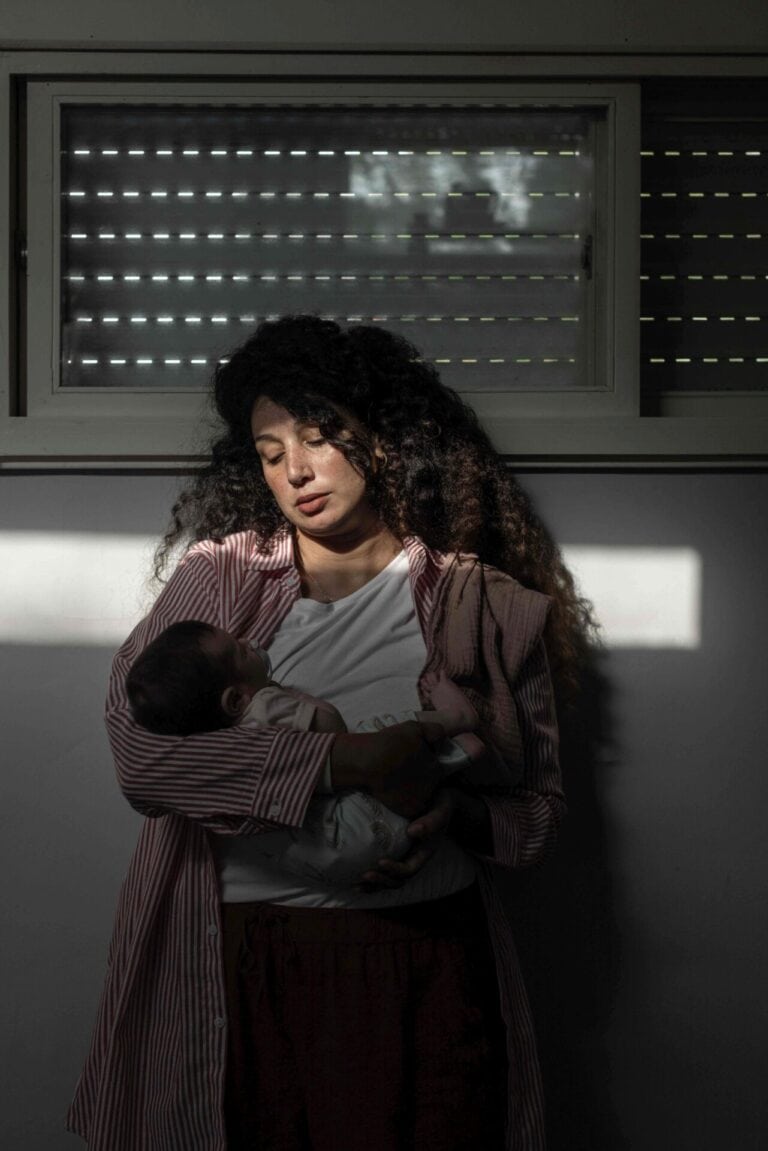
Illuminated
While photographing regular press images, Shaar-Yashuv prefers to tell the story without any artistic interference on her end. But in this series of portraits, she made the artistic decision to photograph them using only natural light.
“It’s a period of such darkness, and I felt that people who survived this hell, what’s lighting up their lives is this hope and ambition to look at something in a more illuminated way,” she explains.
“I wanted to present these people, who had experienced the darkest place possible, with something illuminating, and the ability to see something optimistic amid all this horror.
“It was a very emotional process, but I think it’s one of the most significant projects I’ve done to date, so it was worth the hard work,” she tells ISRAEL21c.
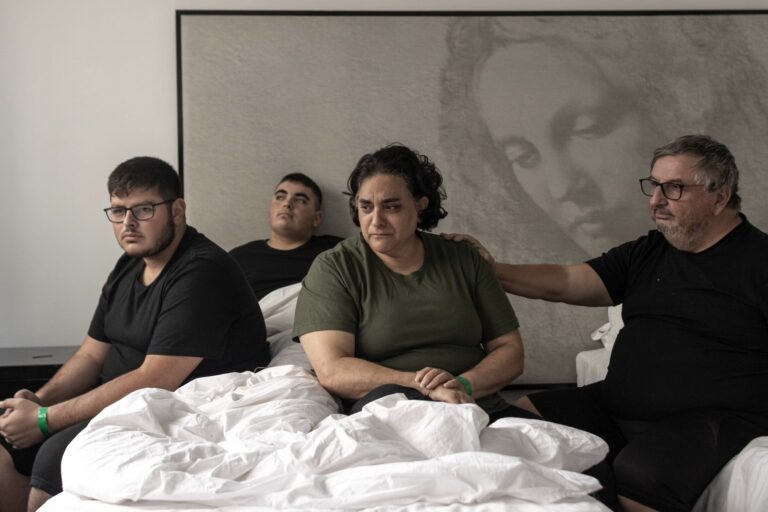
In more regular times, Shaar-Yashuv splits her time as a freelance photographer between news and portrait assignments for Israel’s leading newspapers and the overseas NYT and documentary projects of her own.
She is also an avid baker, and just prior to the war published her own baking cookbook that soon became a great success.
“I feel that since the war began, I’ve encapsulated myself in some kind of bubble, and I’m a little scared of the moment it pops. I feel I have to be in a bubble in order to function amid the loss and pain that surrounds me the whole time,” she notes.
Personal loss
And yet, that bubble is not unbreakable.
The funeral of the five members of the Kutz family, who were murdered in their home in Kibbutz Kfar Aza, was an occasion where Shaar-Yashuv’s personal and professional lives intertwined.
“Aviv and Livnat, the parents, were my friends. Over the holidays, we said that once they end, I’ll come for a lecture at Livnat’s studio. And now that’s a promise I won’t be able to keep,” she laments.
“Their family really wanted me to come to the funeral and document it, and for me personally it was important to do so for The New York Times,” she adds.
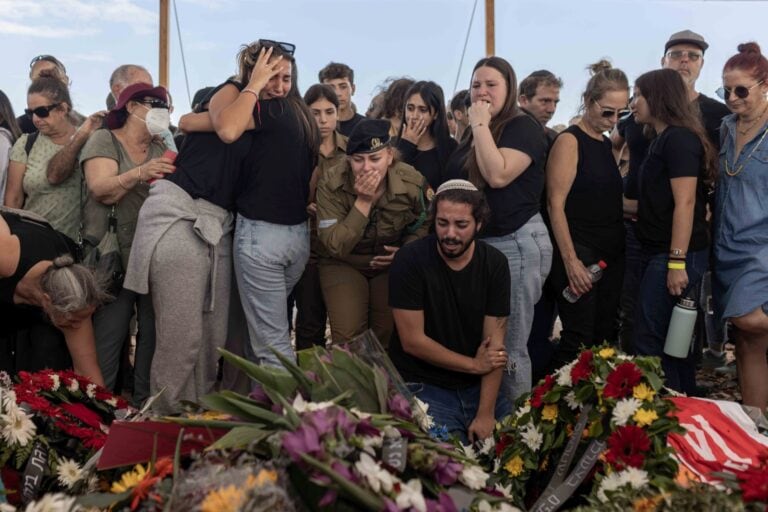
“But everything was mixed up – I was both someone who came to the funeral to accompany people she loved on their last way, and someone whose job was to keep on functioning and tell their story to the world.”
She documented the funeral while her tears poured down. “It was the funeral I allowed myself to cry the most at – I knew it was a lost cause, so I just let it all out.”
Her work during the war has emphasized for Shaar-Yashuv the significance of her role as a photographer.
“I feel that as a documentary maker and journalist, I’ll have a very important job to keep on documenting the events surrounding Saturday, October 7, and the people who survived and have to tell their story to the whole world,” she says.
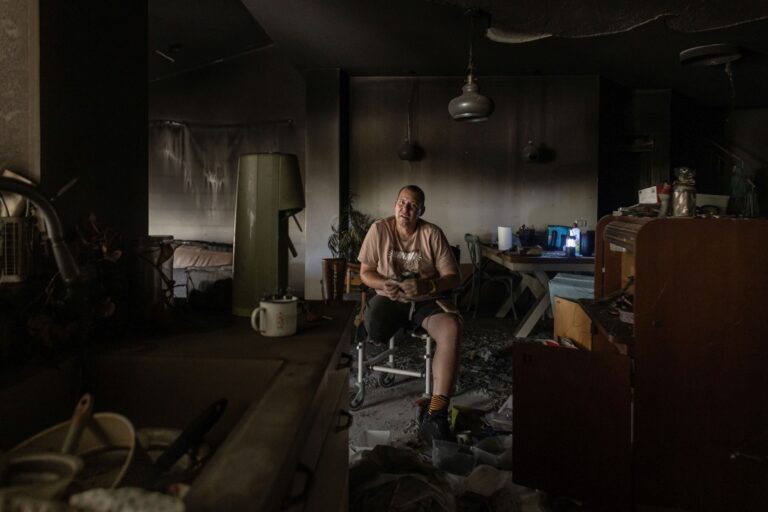
“I really feel that this war has made me look at my job in a more weighty and significant way. I always knew that it can be significant, but now I feel that more than ever.
“I also feel that we’re also in a very difficult war on the media front,” she adds. “We’re operating within a country that isn’t exposing everything that happened here on a visual level, and perhaps that’s good, but at the same time you’re seeing very difficult, graphic scenes coming out of Gaza.
“I don’t necessarily think that the way we’re communicating should be identical, but it does make me work harder, thinking how to bring forward the story, so that people can connect to what happened here,” she says.
To see more of Avishag Shaar-Yashuv’s photos, click here.




